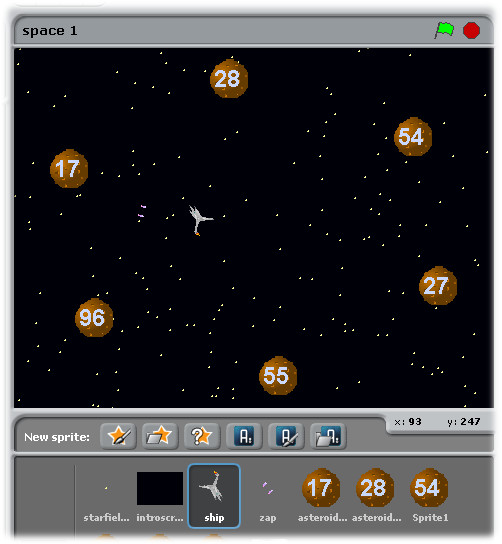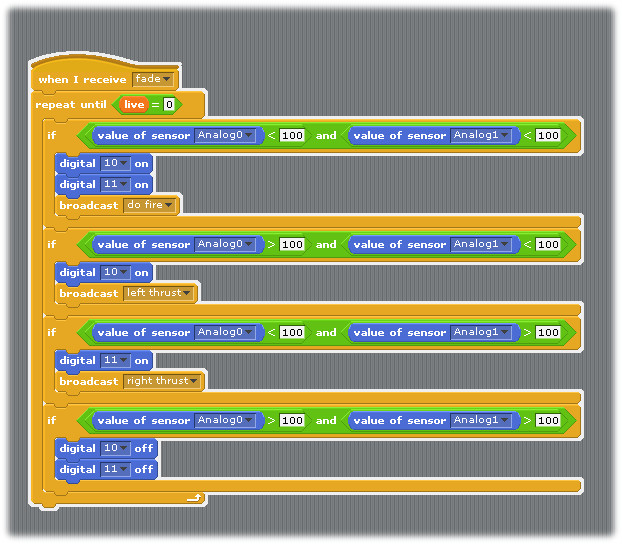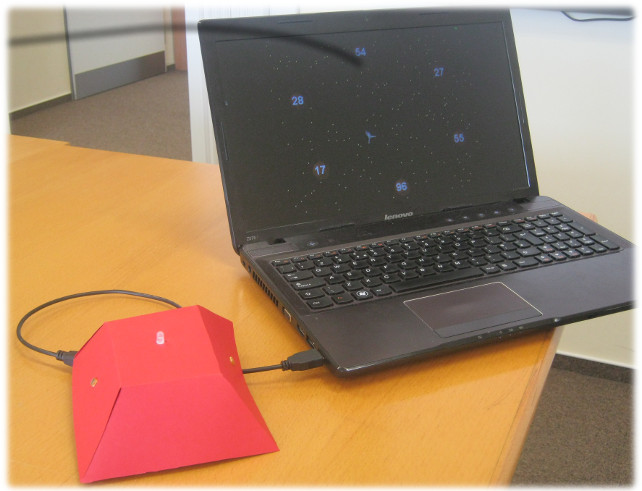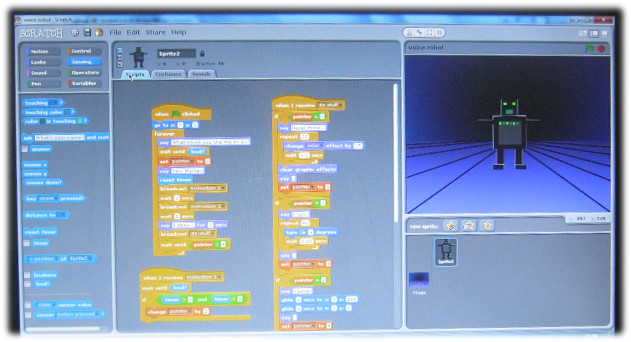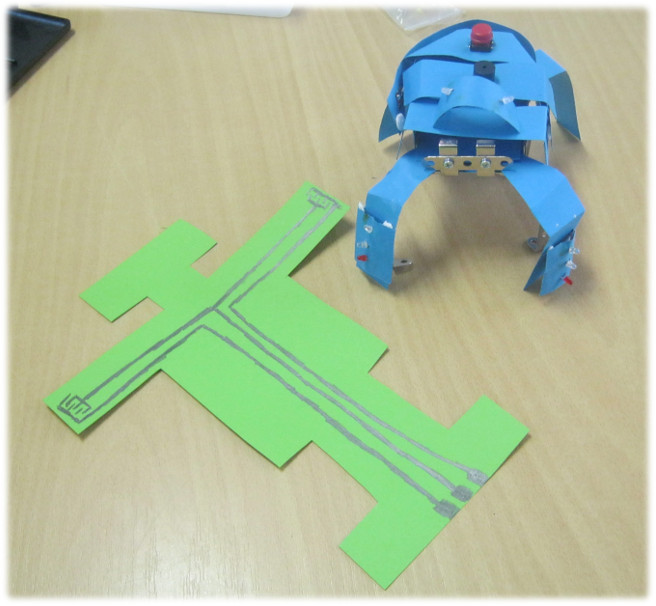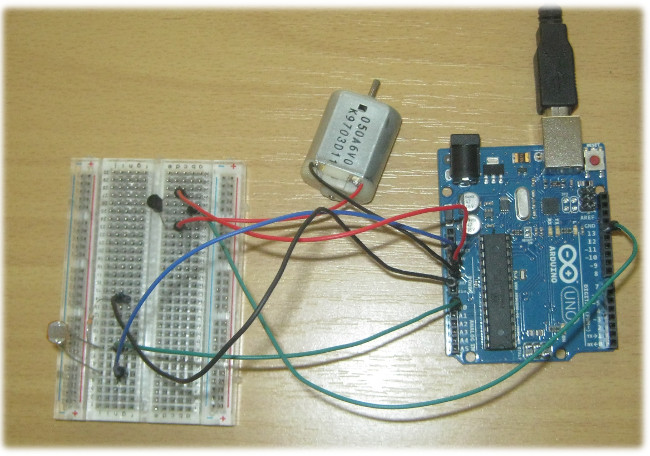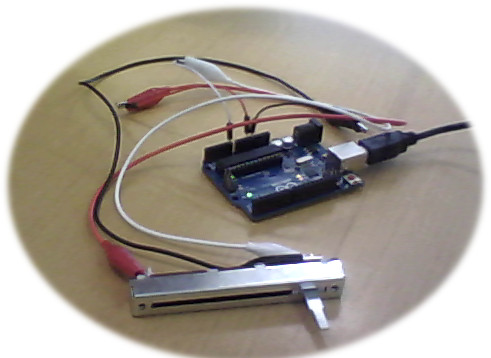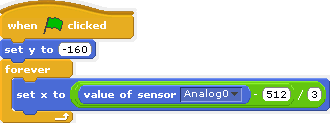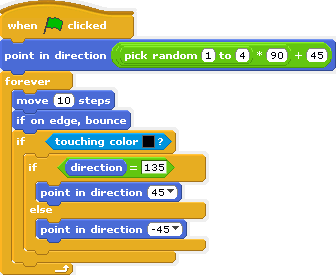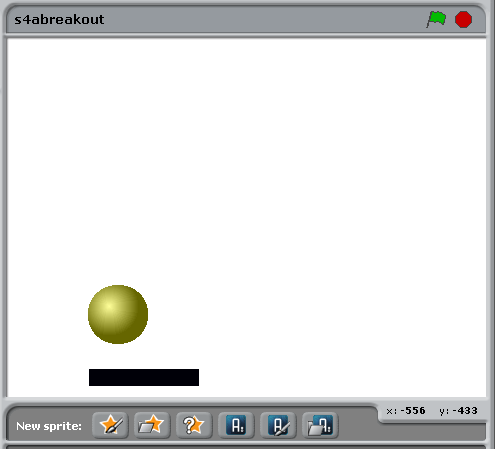It’s human nature, as old as the Bible (see 1 Kings ch.18 for an example). When faced with totalitarian despotism, we respond with a joke. We ridicule what we fear. Michael Gove (UK Secretary of State for Education) fears that history courses could be dumbed down if teachers focus on empathy rather than facts, so he pokes fun at one attempt to encourage students to re-write the story of Hitler’s rise to power for a much younger audience. Those who fear that an overemphasis on history as a factual narrative leaves little time for analysis in turn lampoon Michael Gove as a Roger Hargreaves character. Needless to say, Russel Tarr’s response is much more measured and well thought out. I decided to wait until reading his reply before posting my contribuition to the debate…
Like Michael Gove, I too am no expert on the Mr Men and the Little Misses – although my daughter once created her own hilarious Scratch homage to the Mr Rude “Pull mah fingeurrr” interactivity that used to reside on Channel 5’s Milkshake pages. However, his concerns strike a chord with one activity I do in class which leans heavily on popular culture, for which I would publicly like to apologise in advance to the wider educational community, just in case Mr Gove learns about it…
What follows isn’t a new illustration. I even shared it with the teachers at the Google Apps for Education Summit in Dubai earlier this year to make a point.
There is one thing I have noticed over the years. Many students cannot draw using a computer. There are two main reasons for this:
- There’s a steep learning curve – or as one student put it, after a month of working with Inkscape. “All those lessons, and I can now produce something that looks like a three-year-old drew it!” With limited time available, and with the ever-present need to produce instant, high-quality results, it’s no surprise that precious curriculum time isn’t usually devoted to vector graphics applications.
- Instead, we turn to the range of excellent image search tools created by Google, and hopefully find time to teach the students about derivative works, attribution of sources, Creative Commons licensing and fair use.
But this isn’t the only way to get hold of a digital image. Often, when I want cartoon-style images of people for work in Scratch, I’ll use a South Park style avatar generator. There are plenty around. I usually use www.sp-studio.de for mine. As there’s always potential for cyberbullying if you give students a completely free choice of subject, I usually choose a theme for my students to investigate. If you would like to see my example Oliver! or Wizard of Oz sprite collections, I’m happy to share. So, I’ve seen my fair share of totalitarian dictators reduced to a two-dimensional cartoonification.
When introducing game design as a coding task in Scratch, one thing I warn other teachers about is the temptation to say to a class, “Just produce an educational game to show me what you’ve learned,” with little or no guidance. When I do this unit with my Year 8 students, we document our research and justify our choices long before we even start to think about coding. I have even gone so far to upload this version of what not to do that I share with teachers:
Ra-Ra-Rasputin – the game!
Yes, you have to use the arrow keys to move Tsar Nic around the stage while he is followed by the mad monk himself. If Rasputin touches Nic – the game’s up and Nic dies. If Nic can get Rasputin to move over the bullet, bomb and poison, then Nic wins.
You can see where this is going. Any time now, I expect an announcement along the lines of, “And so-called Computer Science teachers also ride roughshod over the History curriculum in their feeble attempts to make their subject appear ‘with it’. Why only yesterday, I was shown an example of an interactive cartoon version of the story of Rasputin in the style of South Park that bears little resemblence to the actual facts.”
If that does happen, remember, you read it here first. It’s my parody of a parody.
Now, obviously, if you want to learn more about the way I actually teach my educational game authoring unit, there’s still time to register for Scratch in Control in Prague on May 18.

